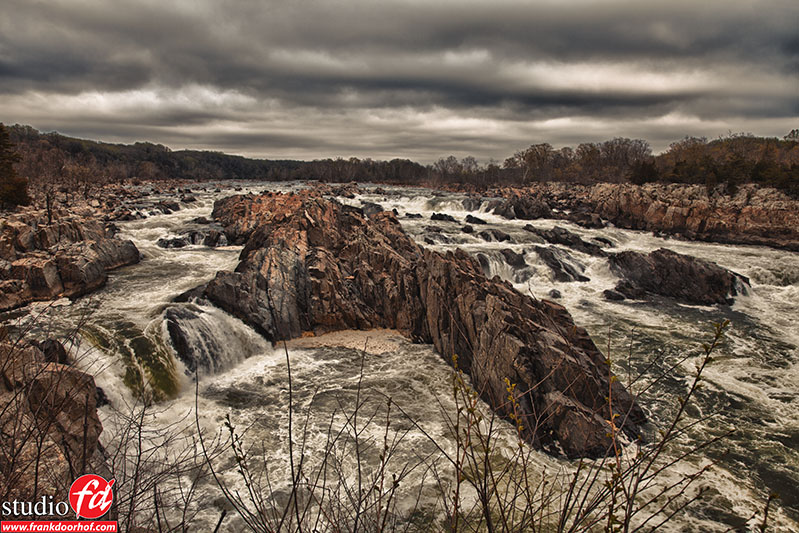Shadow play
In this article some information to hopefully trigger you to look at light in a different way.
We as people are always drawn towards light, and that’s not weird realizing that during the day time we function at our best. So our whole body and mind is set on function in the light. This also means that we know how everything looks during the day time, meaning we know that when someone walks in the sun there will be shadows. It’s no strange thing that we will always try to recreate this in our work as photographers. However this is also where some of the most controversial points of photography lies.
There has been countless posts, books etc. that talk about only using one light source, the explanation is simple (according to them), in nature there is one light source and that’s the sun, so using more than one light source will look unnatural and more than one catchlight…. well that’s certainly not done. Well to be honest and please forgive me for my rather “non Frank” expression but this is BS. When we look around us we can see a lot of situations were there are is than one light source “active”, think about your own house, you probably have several light sources all casting their own shadows but also placing more than one catchlights in your eyes. But also in nature there is a lot more than one light source. For example think about a person walking through the street, he/she will be lit by the sun, but what about all the reflections for cars and windows they will all show up in the eyes of a person as catchlights and will probably also interact with the shadow play, lighting up a shadow side, casting double shadows etc.



